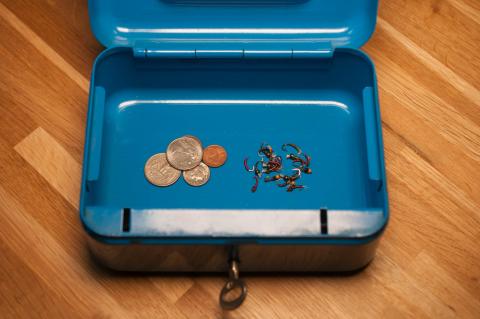Gabor,
I think the function you want has been in place for quite a while, actually. If you click on an image to see the large version, you can find next- and previous-links above the image to the right. This will take you through the images of the article one at a time - including the tying sequence.
Try it and see if this is what you wanted.
Martin
- Log in to post comments

